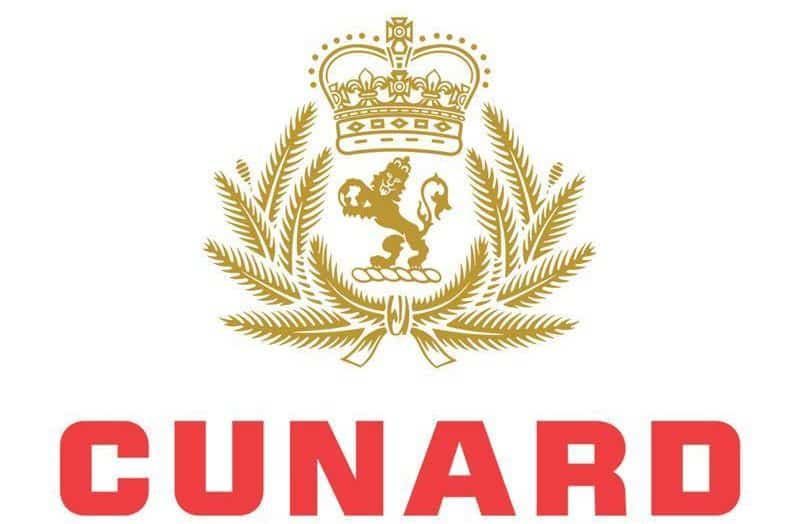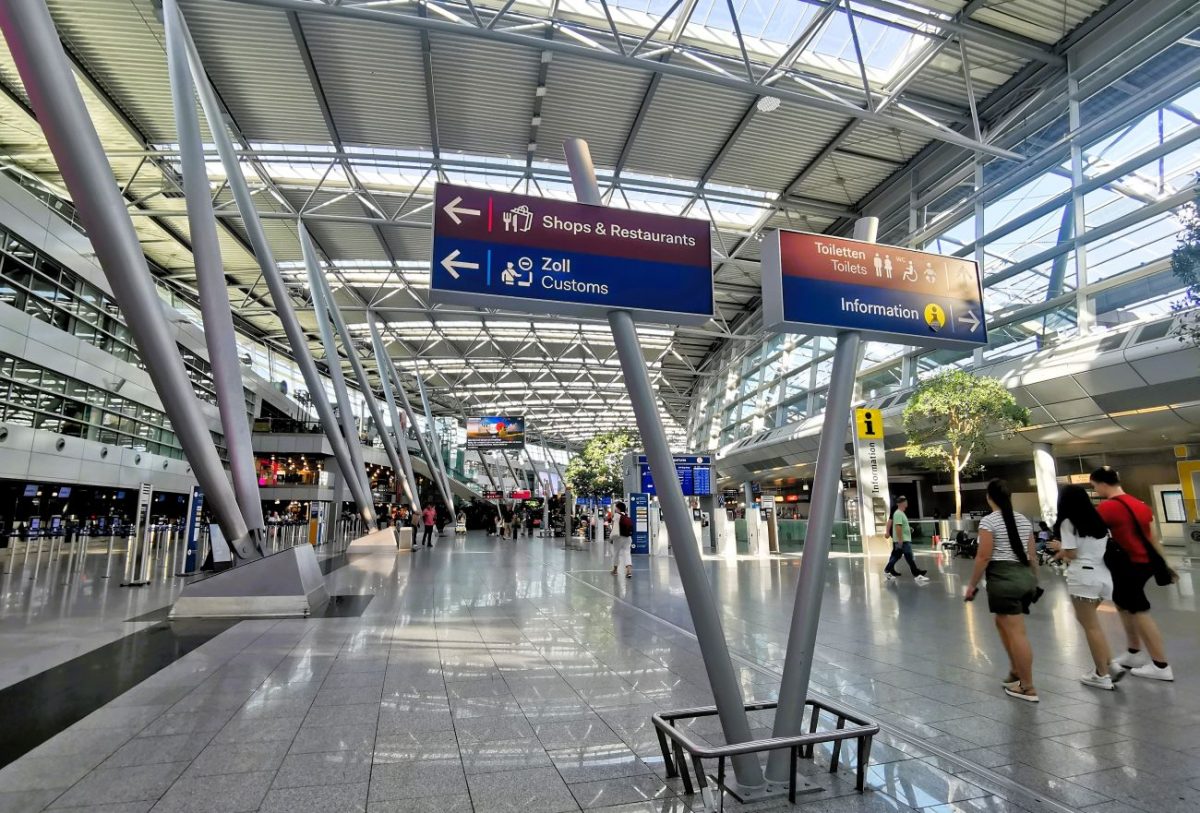Tough questions for global sustainable tourism

In the first of a series Vision on Sustainable Tourism questions the GSTC
There has been a heated debate on Global Sustainable Tourism. Vision opens its columns for protagonists to put their side of the case and Valere Tjolle asks the questions:
Valere Tjolle: You have chosen to call your organisation the Global Sustainable Tourism Council. 'Tourism,' as defined by many authorities involves travel to the destination and the destination services such as hotel, local transportation, F&B, excursions etc.
Clearly the transportation from the source market to the destination, if it is by air – is by far the largest emitter of unsustainable greenhouse gases and this is magnified by radiative forcing – it can be up to 70% or 80% of the total holiday emissions. And it seems pretty clear to most observers that the world's airlines are unwilling to pay for their emissions.
OK I am very well aware that there are many other facets of sustainability – but this is the issue that rankles with the general public when they label sustainable tourism an oxymoron. And very much the 'elephant in the room' when sustainable tourism is discussed.
You incorporate in your membership some of the biggest names in the global travel and tourism industry who have great power – have you considered taking a stance on airline emissions? Particularly in the light of this weeks potentially shameful events regarding the EU-ETS? Secondly, have you considered the potential of offsetting?
Global Sustainable Tourism Council: When it comes to travel and tourism, emissions from aviation is absolutely the largest contributor to green house gases in the atmosphere. However, when viewing it from a whole systems perspective, meaning emissions from all sectors in all parts of the world, aviation contributes an estimated 2% of total GHG. (Source: IPCC). This is not an excuse but an attempt to view the issue with perspective. Energy production, Industry and Forestry combined total an estimated 62%.
The aviation industry is an easy target. Their emissions are obvious. What is not reported as clearly or enthusiastically is the work that is being done by the aviation industry. From designing better aircraft to experimenting with biofuels, altering operations to reduce weight and changing landing procedures to save fuel and emissions, the aviation industry is doing a great deal to lessen its impact on the environment while at the same time reducing costs.
Also, as seen from the hyper-focus on aviation as a criminal emitter, critics fail to view how the aviation industry fits into the whole system. Yes, in many cases, travel and tourism requires physically visiting a destination and often the only way to reach that destination is by plane.
However, consider for a moment what would happen if all commercial air travel ceased to operate. The extremely poor of our world would become poorer. For the 46 of the 49 Least Developed Countries (LDC), tourism is the primary source of foreign exchange earnings. Tourism has the capacity for creating employment, social development and environmental sustainability.
“Tourism provides an important opportunity for LDCs to diversify their economies and integrate inclusive and pro-poor concerns into sectoral strategies… Tourism is well placed to contribute to poverty reduction: because it is consumed at the point of intervention, even low-skilled workers in remote areas can become tourism exporters.” – Tourism and Poverty Reduction Strategies in the Integrated Framework, April 20111, United Nations Steering Committee on Tourism for Development. SEE problem or issue can exacerbate another when viewed in isolation. That is why we have the Global Sustainable Tourism Criteria, a whole system sustainable approach that works to address all of the challenges of travel and tourism in a way that, hopefully, reflects the needs of the most stakeholders.
As for the question of carbon offsets, there are many companies around the globe participating in the carbon offset market. Some are non-profit, some for-profit, some focus on long-term projects while others focus on projects that have an immediate impact but sometimes suffer from claims about the lack of additionality in their programs. At the GSTC we have chosen to put our efforts and financial resources to support the adoption of the GSTC Criteria and creating a reliable and trusted marketplace. There is more than enough work to be done in the field of sustainable tourism. We will continue to monitor the carbon offset space and respond accordingly.
VT: As far as the destinations are concerned, you may know that I have featured the criteria in full, unremittingly, in the Sustainable Tourism
Report. They are extremely good, as are many others such as those embodied in the Cape Town Declaration, the UNEP and the UNWTO and the Tourism Concern definitions.
I understand that many cities and many organisations have aligned themselves with the GSTC – but what, exactly does this mean in practice? What are they doing apart from aligning themselves with something that is such palpable common sense? What difference will this make to the construction of holidays?
GSTC: Some of the destinations that have aligned themselves with the GSTC Criteria have taken the concrete step of moving our guidelines into national development policy. Future development in these destinations will follow best practices when it comes to sustainable develop. Other countries have taken the Criteria and used it to create a national standard that their tourism industry must follow. As more and more destinations adopt the GSTC Criteria, holidays will become more authentic, unique environments will be preserved, cultural traditions will be saved and the poor will have more opportunity.
VT: I understand also from many interviews I have heard, read and conducted that your mission is to be a global accreditor of certification schemes. I discussed this issue a few years ago with Leilani Latimer and reported from that interview that certifications were only to be issued on the basis of visits by auditors to tourism providers – is this still the case? If so, what are the certification and auditing criteria? I'm assuming that this is not the self-assessment tool you refer to in your email? What value will an accredited certification have?
GSTC: We currently have in operation the “GSTC-Recognized” program. Standard owners from around the globe have submitted their standard for review by our technical staff and ultimately, the GSTC Accreditation Panel. To be GSTC-Recognized means that the standard meets 100% of the GSTC Criteria. Standard owners can work with certification bodies that in turn can market the fact they use a GSTC-Recognized standard.
Regarding the self-assessment tool, the GSTC Criteria are what in the technology world is called “open source.” This means the Criteria are available, for free, to anyone who would like to use them to guide their operations. To help in that regard, we developed a tool that GSTC members could use to evaluate their current operations and see where they needed to improve. A GSTC member can submit their information using the online self-assessment tool and at the completion of the process a report is delivered with recommended action items. This tool is especially important for smaller organizations and businesses who are looking to improve their operations but do not have the funds to invest in a full certification audit. To be clear, there is no “bragging rights” to completing a GSTC self-assessment. Members are not allowed to market themselves in anyway based solely on taking the self-assessment. It is specifically designed to give a snapshot of current operations and recommendations for improvement. We do hope that given the gains these smaller businesses will make by implementing many of the recommendations these businesses will invest in third-party certification or other program.
VT: Clearly, one of the major issues about sustainable destinations is the wide variety of measures that cam be implemented to make the visitor economy economically, socially, culturally and environmentally sustainable. Do you believe that all of the organisations that have aligned themselves with the GSTC understand the depth of the issue?
GSTC: Sustainability and the triple bottom line are complex issues. We developed the GSTC Criteria to help breakdown the complexities to encourage deeper understanding. Does EVERY organization understand the depth of the issue? Probably not. Do we strive to ensure that they do? Absolutely. As an organization we provide training developed by our Education and Training working group. We also provide access to webinars from other sources and are in the planning stages for webinars of our own.
VT: I notice that your partners all appear to be either NGOs or outbound tour operators. I'm sure that you know that this level of source market power has, in the past, mitigated against communities and often deprived them of their local power and their opportunities to use tourism themselves for employment and social inclusion. How is GSTC different?
GSTC: While we do have several large organizations as members, we also have 100+ smaller local and regional businesses that actively participate in our organization. This is one of many benefits of GSTC membership. The size of your organization makes no difference in the size of your voice within the organization. Also, in regard to the shaping of the GSTC Criteria, we have held open comment periods for both version 1 and version 2 of the current GSTC Criteria. This means that anyone, big or small, can have their voice heard on equal ground.
VT: Finally, in the email you sent to me offering membership, your text is big on issues such as 'Joining the conversation' and networking opportunities, but pretty small on understanding what I (for instance) or indeed any other recipient does. If I joined and paid my membership fee, would I (or anyone else) be able to use your footprint logo? What would this mean apart from the fact that the logo would look rather fetching?
GSTC: Well, thank you for the kind words about our logo. ☺ We have a specific Members Logo in several variations to suit individual spacing requirements. Our institutional logo (the footprint) is currently used for organization purposes only. Also as a member there are specific membership requirements listed in the by-laws (Section 3 – http://new.gstcouncil.org/about/by-laws). The highlights include adhering to the UNWTO Global Code of Ethics, publically supporting the mission and objectives of the GSTC, provide written evidence of GSTC support, pay dues on time and aim to use the GSTC Criteria in procurement and supply chain practice. We also list category specific requirements as well.
It’s open for comments!
Next week another sustainable entity.
Valere Tjolle
Valere is editor of the Sustainable Tourism Report Suite 2011 Special Offers HERE
Valere
Have your say Cancel reply
Subscribe/Login to Travel Mole Newsletter
Travel Mole Newsletter is a subscriber only travel trade news publication. If you are receiving this message, simply enter your email address to sign in or register if you are not. In order to display the B2B travel content that meets your business needs, we need to know who are and what are your business needs. ITR is free to our subscribers.








































Airlines suspend Madagascar services following unrest and army revolt
Qatar Airways offers flexible payment options for European travellers
TAP Air Portugal to operate 29 flights due to strike on December 11
Air Mauritius reduces frequencies to Europe and Asia for the holiday season
Airbnb eyes a loyalty program but details remain under wraps